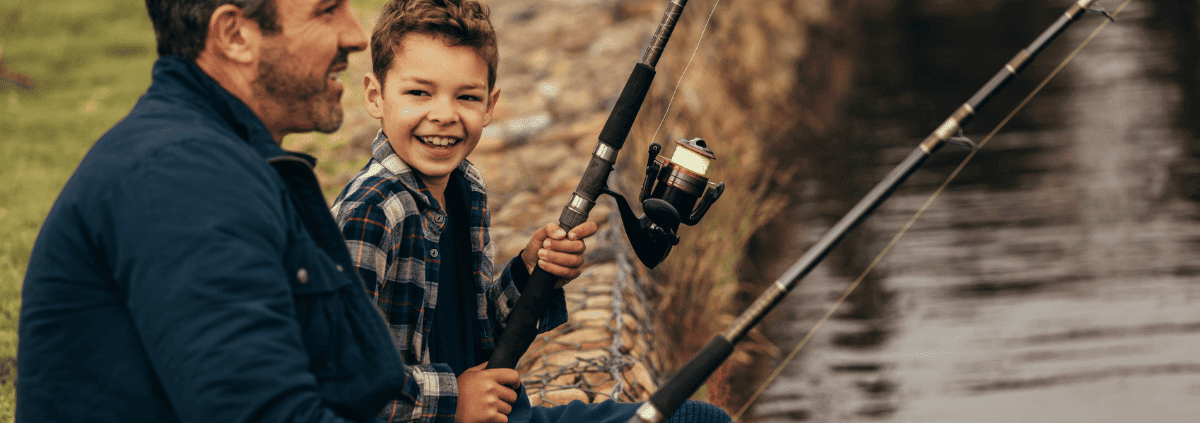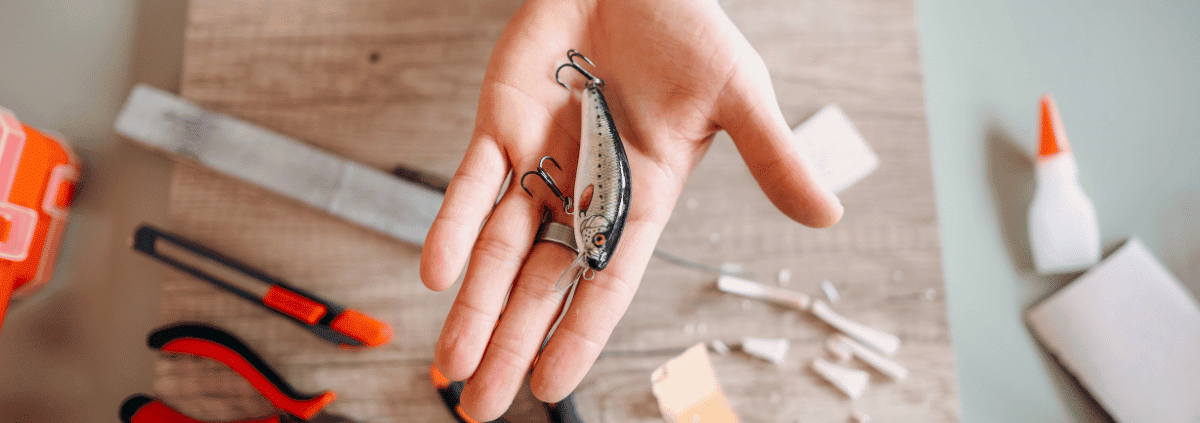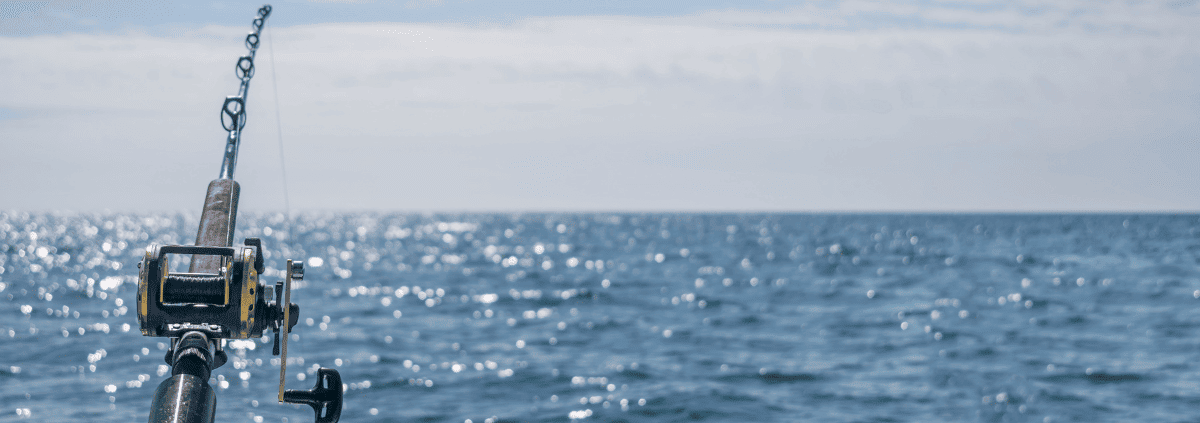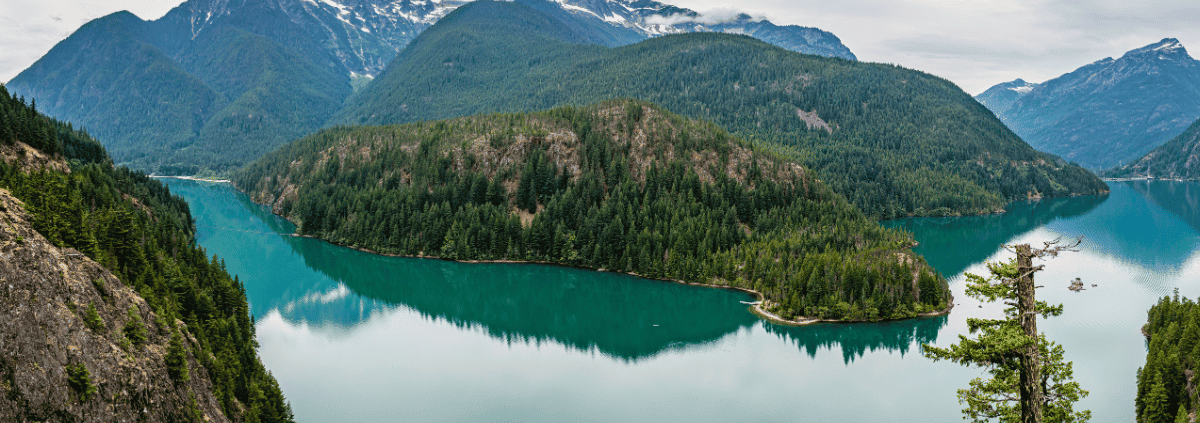Are you aware that discomfort and pain while hiking could be due to your boots being too small?
In this article, you’ll discover seven crucial tips for determining if your hiking boots are too small and how to select the right size for your outdoor excursions.
From recognizing signs of an ill-fitting boot to ensuring the perfect fit, you’ll gain valuable insights into guaranteeing that your hiking boots offer the comfort, support, and protection your feet require on the trails.
Whether you’re a seasoned hiker or just starting out, understanding how your hiking boots should fit is essential for a pain-free outdoor experience.
So, get ready to lace up your boots and embark on a journey to find the perfect fit for your hiking adventures.
Key Takeaways
- Toes jamming into the end of the boots
- Squeezed feet due to narrow width
- Lack of space for toes to move comfortably
- Inability to wear thicker hiking socks
Signs of Small Hiking Boots
Feeling your toes jamming into the end of the boots is a clear indication of small hiking boots. Evaluating boot width is crucial to ensure a proper fit. If the width is too narrow, your feet will feel squeezed, leading to discomfort and potential injury.
When sizing up for hiking boots, consider the space around your toes. They should have enough room to move comfortably without feeling cramped. Sizing up also allows for wearing thicker hiking socks for added comfort and protection.
Tips for Choosing the Right Size
When choosing the right size hiking boots, carefully check the length and width of the boot to ensure a comfortable fit for your feet. To determine boot size accurately, follow these tips for measuring foot width:
Stand on a piece of paper and trace the outline of your foot to measure the widest points. This allows you to choose boots with the appropriate width, preventing discomfort and potential injury.
Consider trying boots at the end of the day when your feet are slightly swollen. This mimics how your feet may feel during longer hikes, ensuring the right fit for any condition.
Always walk around in the boots to assess comfort and fit. This gives you the freedom to make an informed decision and avoid any future regrets.
Proper Fit for Hiking Boots
Achieving proper fit for hiking boots is essential for comfort and performance on the trails. When evaluating boot support, finding the right fit is crucial. Boots should have ample room for your toes to move comfortably, without feeling squeezed or causing pain. They should provide support and stability, allowing you to tackle various terrains with ease.
Ensure that your toes sit flat in the boot and that there’s no slippage or sliding. It’s important to strike a balance – they shouldn’t be too small or too big. When your boots fit properly, you’ll be able to hike without discomfort, blisters, or foot pain.
Preparing New Boots for Hiking
Before embarking on your hiking adventures, it’s important to prepare your new boots for the trail.
Sizing Considerations
Ensure the boots have enough room for your toes to move comfortably
Gradually break them in by wearing them around the house and on short hikes
Make adjustments or add insoles if necessary
Waterproofing Techniques
Use protective products like waterproof sprays or leather conditioners
Test the boots on shorter hikes before attempting longer ones
Ensure they’re properly waterproofed to keep your feet dry and comfortable
Determining the Right Boot Length
Once you have ensured that your new hiking boots have enough room for your toes to move comfortably and have been properly broken in, it’s essential to determine the right boot length to guarantee a comfortable and secure fit for your outdoor adventures.
When determining boot length, ensure that there’s about a thumbnail’s length of space between the end of your longest toe and the tip of the boot. Your toes shouldn’t be jammed against the front of the boot, but there should also not be excessive space that causes your foot to slide forward with each step.
Ensuring proper toe comfort is crucial for preventing blisters and discomfort on the trails. Take the time to try on different sizes and styles, and consider consulting with a knowledgeable salesperson to find the perfect fit for your feet.
Evaluating Boot Width for Fit
Check if the width of your hiking boots allows your feet to sit comfortably without feeling squeezed or pinched. When evaluating boot width for fit, consider these emotional responses:
Relief: Imagining the freedom of movement without constraint can evoke a sense of relief and comfort.
Frustration: Visualizing the common mistakes in boot sizing that lead to discomfort may bring a sense of frustration.
Excitement: Envisioning the flexibility and support of properly fitting boots can generate excitement for your next outdoor adventure.
Evaluating boot flexibility and avoiding common mistakes in boot sizing is crucial for a comfortable hiking experience. Ensure your boots provide the freedom your feet crave without sacrificing support and stability.
Ensuring Toe Comfort in Boots
First, ensure your toes have at least a thumb’s width of space between the end of the boot and your longest toe. Proper toe comfort is crucial for an enjoyable hiking experience. Here are some common problems with toe fit in hiking boots and tips to ensure your toes are comfortable:
| Common Problems | Tips for Toe Comfort |
|---|---|
| Toes jammed at the front | Ensure proper toe room |
| Persistent toe blisters | Wear moisture-wicking socks |
| Numbness or tingling toes | Consider a wider width |
| Black toenails | Trim toenails regularly |
| Uneven pressure on toes | Try custom insoles |
Purchasing Boots With Caution
When purchasing hiking boots, ensure you try them on in store and with your hiking socks to guarantee the right fit for your outdoor adventures.
- Avoiding common sizing mistakes
Buying boots without trying them on first can lead to discomfort and pain during hikes. Incorrect sizing may result in blisters, hot spots, and even injuries, hindering your freedom to explore the outdoors. It’s essential to prioritize fit over aesthetics when selecting hiking boots.
Testing Boots With Hiking Socks
Before heading out on a hike, make sure to try on your hiking boots with the socks you plan to wear, as this will help you gauge the fit accurately.
Testing boots with the hiking socks you intend to wear is crucial for ensuring comfort and the proper fit.
The thickness and material of hiking socks can significantly impact the fit of your boots.
By wearing your hiking socks during the try-on, you can ensure that there’s enough room for your toes to move comfortably and that the boots don’t squeeze or suffocate your feet.
This step is essential in determining whether the boots provide the necessary support, stability, and comfort, ultimately preventing pain and blisters on your hiking adventures.
Breaking In New Hiking Boots
To ensure optimal comfort and performance, start breaking in your new hiking boots by wearing them for short periods during everyday activities. This will allow the boots to gradually mold to the shape of your feet, preventing discomfort and blisters on the trail. Here are some key tips to help you through the process:
Be patient: Breaking in new hiking boots takes time, so don’t rush the process.
You may experience initial discomfort, but it will improve with wear.
Take it slow: Gradually increase the duration and intensity of your hikes to allow your boots and feet to adjust.
Pushing too hard too soon can lead to unnecessary pain and injury.
Listen to your body: If you experience persistent discomfort, reevaluate the fit and consider seeking professional guidance.
Addressing Small Boot Issues on Trails
Addressing discomfort caused by small hiking boots on trails requires proactive measures and adaptability.
Choosing the right insoles can significantly alleviate the issues caused by small boots. Consider investing in high-quality insoles that provide cushioning and support for your feet.
Additionally, dealing with blisters and foot pain requires immediate attention. Utilize blister treatment products and techniques, such as moleskin or blister bandages, to prevent further discomfort.
To address foot pain, take regular breaks during your hike to rest your feet and relieve pressure.
It’s crucial to address these issues promptly to prevent long-term foot problems. By being proactive and adaptable, you can mitigate the effects of small hiking boots and enjoy your hiking experience to the fullest.
Frequently Asked Questions
How Can I Stretch Out My Hiking Boots if They Are Too Small?
If your hiking boots feel too small, you can stretch them by wearing thick socks, using a boot stretcher, or seeking professional stretching services. It’s crucial for comfortable, pain-free hikes.
Can Wearing Thicker Socks Help With Small Hiking Boots?
Wearing thicker socks can help with small hiking boots by adding extra cushioning and filling up some space. However, for a long-term solution, consider boot stretching to ensure a comfortable fit without compromising support.
Is It Normal for Hiking Boots to Feel Snug at First?
When breaking in hiking boots, it’s normal for them to feel snug at first. However, they should still provide a comfortable fit. As you wear them, they should mold to your feet, ensuring a comfortable fit for your hikes.
Are There Any DIY Methods to Make Small Hiking Boots More Comfortable?
Feeling the pinch in your hiking boots? DIY stretching methods like using a boot stretcher or freezer bags filled with water can help. Insole options like gel or foam can also add extra comfort.
Can a Cobbler Help With Making Small Hiking Boots Fit Better?
Yes, a cobbler can help with making small hiking boots fit better by providing professional stretching and sizing adjustments. They have the expertise and tools to modify the shoes to ensure a comfortable fit for your outdoor adventures.
Conclusion
Congratulations! You’re now equipped with the knowledge to ensure your hiking boots fit perfectly. No more discomfort or pain on the trails.
Imagine the feeling of stepping confidently, supported by the right boots, as you conquer rugged terrain and breathtaking landscapes.
With these 7 essential tips, you’ll be ready to tackle any outdoor adventure with ease and comfort.
Lace up, hit the trails, and enjoy the great outdoors in boots that fit just right.










